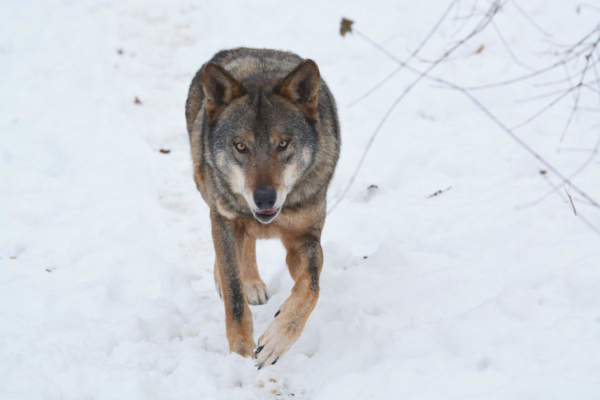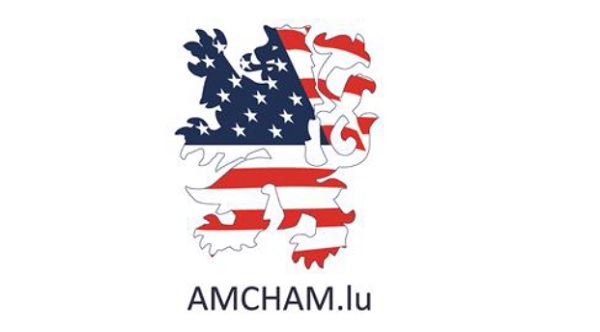 Credit: Silviu Chiriac
Credit: Silviu Chiriac
Luxembourg's Nature and Forest Agency, in collaboration with several associations and administrations from the Benelux countries and Germany, unveiled the distribution of wolves in new maps, available online at www.emwelt.lu.
Cross-border cooperation: essential for wolf monitoring
Wolves know no national borders and roam large territories (200 - 300 km2). Wolves from the Central European population (Poland and Germany) and from the Alpine population have already been identified in the Benelux Union. The return of wolves therefore makes cross-border cooperation imperative, on the one hand for the exchange of information, knowledge and data and on the other hand to develop joint guidelines, for example for wolf monitoring.
Distribution of the wolf in the Benelux countries and Germany
In autumn 2021, several associations and administrations from the Benelux countries and Germany, including the Nature and Forest Agency of Luxembourg, met to exchange information and to create uniform distribution maps over the entire area of these four countries, namely a dynamic map and several static maps. The production of the maps was funded by the EuroLargeCarnivores project, led by WWF Germany.
- The dynamic map shows the wolf ranges (areas where wolves have settled) in the Benelux countries and Germany. Each territory shows whether it is a sedentary individual wolf, a pair of wolves or a pack. This gives a better picture of the development of wolf distribution and reproduction over the years since the wolf year 2010/11.
- The static maps show where in the Benelux wolf presence has been recorded, albeit often only briefly, since the wolf year 2014/15 and how this has evolved over the years.
The wolf year runs from May to April of the following year to accommodate the biology and reproductive cycle of the species.
Further information and lecture on the subject of wolves
The new maps and additional information about wolves, including the action and management plan for dealing with wolves in Luxembourg, can be found at www.emwelt.lu.
A lecture entitled “Human-Wolf Coexistence: Realism or Utopia?” by Dr Laurent Schley in collabaration with the Department of Nature, the National Museum of Natural History and the Wintger Municipality is scheduled on 3 March 2022, on the occasion of World Wildlife Day. The occasion also marks the wolf sighting on 11 January 2022 in Wintger. The lecture will take place online (in Luxembourgish) and for attendance, registeration is required via the link: https://gd.lu/4rBwbw.








